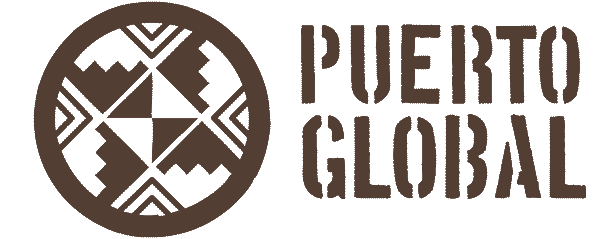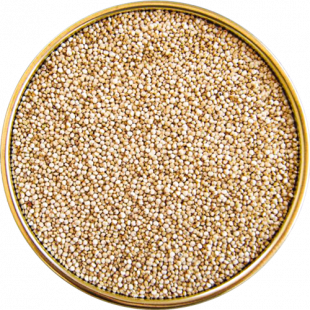Bolivia, original center of the Quinoa Real variety.
Quinoa Real is, in itself, a variety of at least twenty-four identified quinoa ecotypes. Its origins began in the Bolivian southern Altiplano.
Quinoa Real’s particularity lies in the grain, which is larger and contains superior nutritional and organoleptic conditions than the common or creole grain. It is a staple food in the Bolivian diet.
The area of production of Quinoa Real is done in two departments, seven provinces, ten municipalities and 322 communities, Greenwich latitude 65.49° to 68.74° west and 19.23° to 22.14° latitude south.
The adverse and unique climate conditions make it possible to obtain an extraordinary grain, incomparable to any other. The Quinoa Real crops are the only ones than can thrive in the agro-climatic conditions of the Bolivian southern Altiplano. Conditions that enhance its high quality.
The region’s climate includes cold deserts to both High Andean and Semi-Arid Floors, unfavorable for the development of plants that could protect the soil. Rainfall is stationary and highly variable and frequent winds and relative 45 to 50% humidity during the growing season. Temperatures fluctuate between 8° to 20°C (46.4°F° to 68°) with frosts that can exceed 200 days a year as well as occasional hail. During winter, the temperature drops to -30° (-22°F). This extreme clime provides ample sunshine and irradiation, a condition that suits the production of the unique high quality of the Quinoa Real very well.
Communities around the Uyuni Salt Flats have the optimal aptitude for the production of Quinoa Real due to their ancestral techniques and knowledge on it.
Tierra Exótica offers three of the best Organic Quinoa Real: White, Black, and Red varieties cultivated at the aforementioned locations.
Quinoa is a very complete food. It is rich in fiber, and it is gluten free. Once cooked, is soft and spongy. It keeps well for a long time and its preparation is very versatile. Due to its ideal contents of essential amino acids and fatty acids, Quinoa should be considered the vegetable food with the highest nutritional values.
The quinoa grain has the eight essential amino acids required by humans and it has almost all the minerals in higher levels than other cereals. It contains phosphorous, calcium, iron, potassium, magnesium, manganese, zinc, lithium, and cooper. Its iron content is twice as much of wheat’s and three times higher than rice’s.

